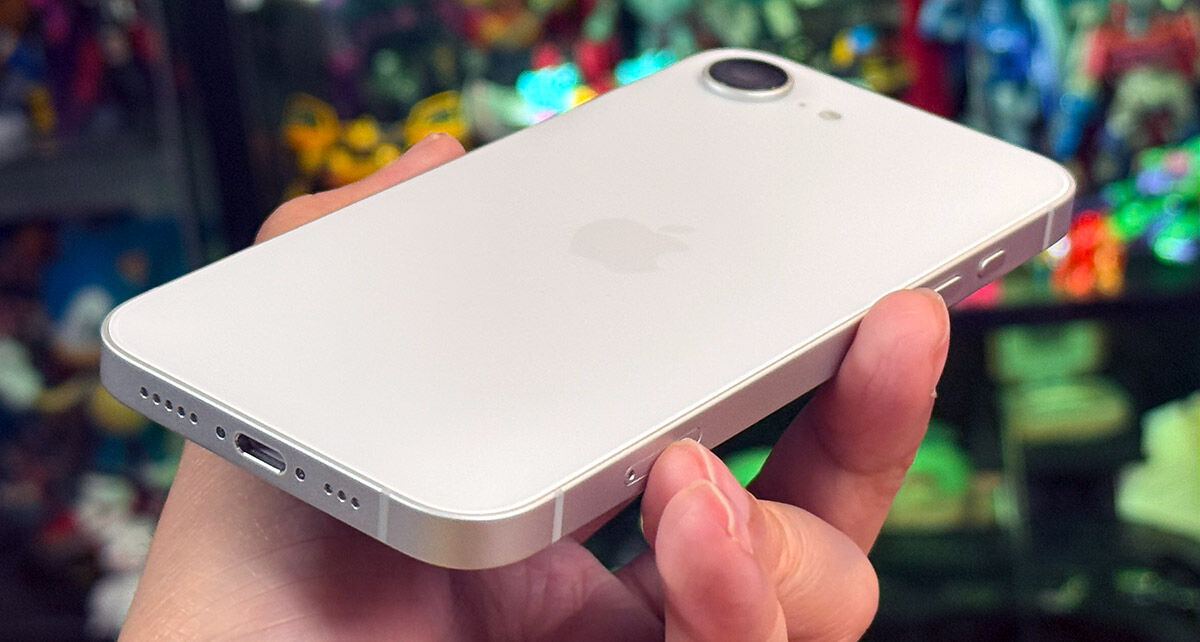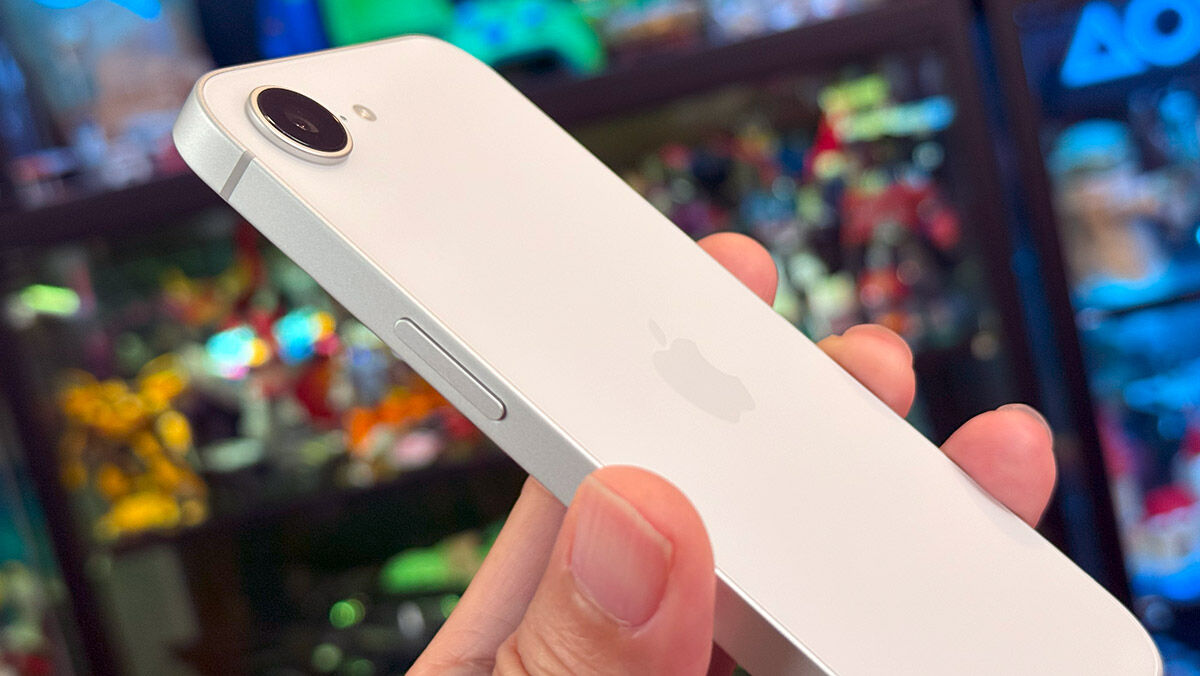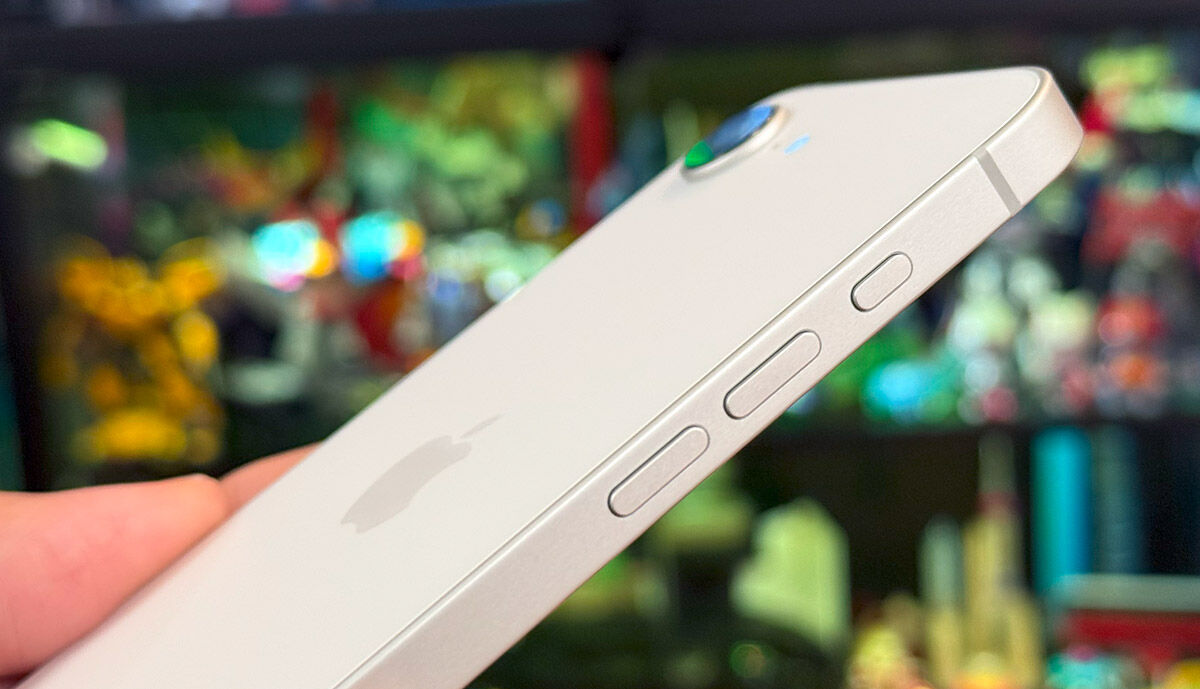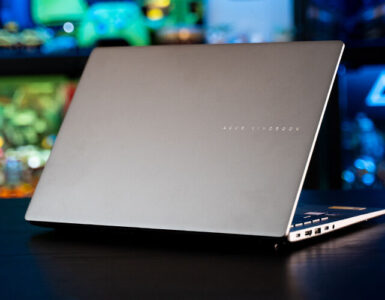Call it the XR, mini, the SE, or currently, the iPhone e series but for as long as there have been larger iPhone models, Apple has realised that there are those who want a smaller, entry-level device as well. Be it for the students, and parents, who also don’t see the need for devices with features that remain underutilized, or for Apple fans who value function and security over the latest hardware upgrade, there has been a budget iPhone crafted just for them.

The iPhone 16e is the newest member of Apple’s iPhone 16 line-up, priced below last year’s four main models within the family but with almost the same hardware – featuring Apple’s latest A18 chip, a single 48MP main camera, powered by iOS 18 and its latest Apple Intelligence suite of features. While it uses the same A18 system on a chip (SoC) as that on the iPhone 16, the 16e comes with a 4-core GPU instead of the 5-core on the iPhone 16. It also comes with an upgraded 8GB of RAM, which is not surprising, since Apple had previously said it was the minimum needed to run Apple Intelligence.
To keep it at the S$949 price point for the 128GB model, the new budget device, which ditches the SE monicker for the latest iPhone 16e name, also offers some older features, such as the front display notch instead of the Dynamic Island display, while removing others entirely, including the new Camera Control button on the side, as well as MagSafe magnetic charging.
But in saving the S$350 compared to the 6.1-inch 128GB iPhone 16, users still get a similar edge-to-edge display, Face ID, and the latest USB-C port instead of the older Lightning connector. Instead of the Qualcomm modem found in all iPhone units since the iPhone 12 though, the iPhone 16e uses an Apple-designed Apple C1 modem, which marks Apple’s attempt at not relying on others for key hardware components.

While the C1 modem lacks mmWave 5G capabilities, which refers to 5G gigabit throughput, it makes up for it with greater battery efficiency, which, when coupled with a slightly larger battery, explains the 26 hours of video playback here, compared to the 22 hours on the iPhone 16. On the local SingTel and StarHub network, the iPhone 16e connected smoothly, both indoors and outdoors, and in the underground train tunnels on the Circle and North-South Line.
But connectivity isn’t always necessary, especially since much of the phone’s artificial intelligence (AI) prowess runs on-device, which means you don’t need an active data connection to power Writing Tools, which proofreads, edits and rewrites your copy, or Image Playground, which can generate 3D artwork based on your description, while referencing facial features based on photos in your phone’s Gallery.
This is unlike the AI capabilities on other smartphones, which rely on cloud computing processing to power the software features, but it means that if there’s no connection, like if you’re seated in a plane, your device can’t do much.

Apple Intelligence itself is a boon, and its introduction in an entry level device is also surprising, since most brands are touting AI as a premium feature, and thus not widely available. Apple has a different take on things and those looking to try it out no longer need a souped up phone for the experience. Naturally, there are things that work well, and those that aren’t as amazing. Writing Tools comes in very handy when drafting email messages, or when you need to paraphrase something for work, or create a new status update for your social media, but somehow don’t know where to start, or how to end it.
Clean Up for photos, which can remove unwanted people or objects in images can be a hit-or-miss. The on-device capabilities of analysing the surroundings within that image isn’t as sharp, and its version of object fill, to replace the item being removed from the photo still needs some tweaking. One thing Clean Up doesn’t do as well is recognising that removing a subject in photos should also extend to the shadow it casts, and this is especially so when removing objects placed on a table.
Otherwise though, other abilities, such as transcribing an audio recording works as advertised, churning out text as needed. Fun can also be had when combining your sketching skills with Image Playground, where you can pencil a rough drawing of the image you want created, like a template, and use Image Playground to generate it into a picture, with the support of text description.
But the biggest star of the iPhone 16e has to be the camera. Yes, a single lone camera might transport you a decade ago, when they were the norm, but unlike the 12MP of its predecessor – 2022’s iPhone SE (3rd generation), you now get a 48MP ‘Fusion’ lens, which provides an integrated 2x telephoto that lets you zoom in with optical quality.
There used to be a time when budget or entry-level devices meant doing away with the high-end offerings, and providing just the bare minimum, but the iPhone 16e has changed that, which is probably why Apple has moved on from the iPhone SE naming convention, which comes with its own legacy of expectations. This entry-level iPhone 16e is part of its flagship iPhone 16 family of devices, providing a balance of new, innovative and essential features with affordability, serving as a great tool for the young and elderly who needs an iPhone but without the premium bells and whistles.
GEEK REVIEW SCORE
Summary
While the iPhone SE series focused on a stripped down Apple mobile experience, the new iPhone 16e bring things up by adding the best, and not everything, that the iPhone 16 family has to offer for the less demanding user.
Overall
8.3/10-
Aesthetics - 8/10
8/10
-
Build Quality - 8.5/10
8.5/10
-
Performance - 8.5/10
8.5/10
-
Value - 8.5/10
8.5/10
-
Geek Satisfaction - 8/10
8/10













